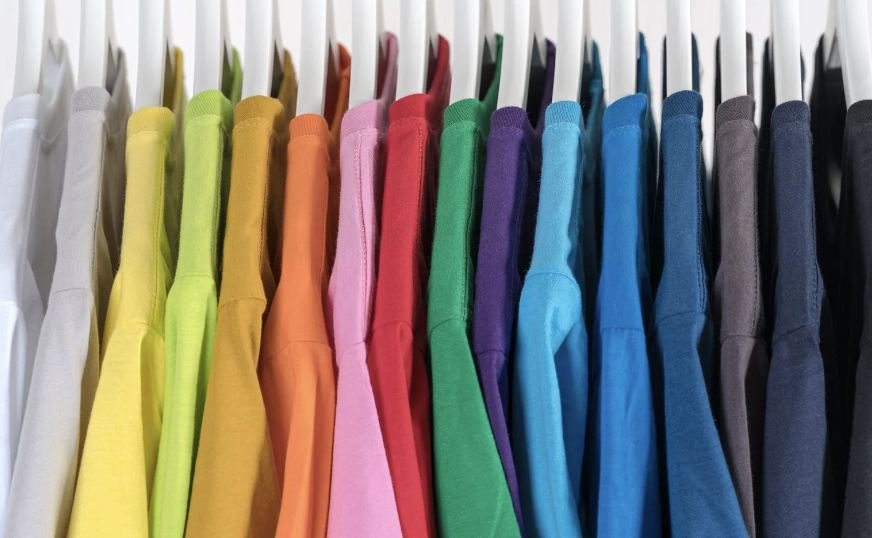Gender-neutral and unisex fashion has seen a considerable transition over the past few years. Many causes, such as a rising desire for inclusivity and the fuzziness of traditional gender roles, have contributed to this tendency.
Gender-neutral clothing is a familiar idea. A movement towards unisex clothes emerged in the 1960s and 1970s to eradicate the old gender binary and foster a more nebulous notion of fashion. Nevertheless, this fashion style mainly was limited to counterculture groups and did not become widely popular.
Driving forces behind this trend
- Nonetheless, the concept of gender-neutral clothing has become considerably more popular recently. The growing prominence of the LGBTQ+ community and its campaign for more acceptance and representation in all spheres of society, including fashion, have been some of the trends’ driving influences.
- As a result, many fashion companies and designers have begun to produce clothing lines that are purposefully unisex or gender-neutral. This indicates that regardless of a person’s gender identity, the clothing is made to be worn by anyone.
- This method of approaching design has resulted in the development of apparel that is more about individual style and personal expression than it is about adhering to traditional gender norms.

Significant shifts in the fashion industry
- Growing awareness of ethical and sustainable fashion is another element influencing the growth of gender-neutral styles. Nowadays, many shoppers are looking for apparel that is produced with consideration for workers’ rights and the environment. Because it can be worn by anybody, regardless of gender, gender-neutral clothing has a longer lifespan and is less likely to wind up in a landfill, making it more sustainable.
- The emergence of streetwear has been one of the biggest movements in the fashion industry toward gender-neutral clothes. When it comes to baggy clothing and sportswear-inspired pieces, streetwear has always been a largely gender-neutral fashion. But since streetwear has gained popularity recently, a lot of high-end fashion labels have begun to include streetwear themes in their collections.
- Formal wear is another area of fashion that has shifted in favor of gender-neutral attire. In the past, men and women had significantly different formal attire, with suits and dresses being the standard for both.
- Nonetheless, there has been a movement recently for more gender-neutral formal attire, with designers producing items that anyone, regardless of gender identification, can wear.
Tips for styling unisex fashion

The goal of unisex fashion is to obliterate old gender norms by enabling both men and women to dress in the same way. These are some pointers to keep in mind when styling unisex clothing:
- Adopt gender-neutral hues: It’s better to stick with neutrals like black, white, grey, and beige when selecting hues for unisex clothing. These hues are classic and adaptable, making it simple to pair them with other items in your collection.
- Experiment with proportions: Boxy, oversized silhouettes are a common feature of unisex clothing, which can look good on both men and women. Don’t be scared to play with proportions by wearing baggy shirts with narrow bottoms or the opposite.
- Accessorize: Think carefully about your accessories because they may give unisex clothes a lot of flairs. Use different hats, scarves, belts, and jewelry combinations to give your outfit more texture and intrigue.
- Emphasize high-quality fabrics: Since Unisex fashion is all about versatility, it’s critical to pick materials that can resist regular wear and tear. Inquire about clothing made of organic materials including cotton, linen, and wool.
- Mix and match: Unisex clothing aims to blur the lines between genders, so don’t be shy about combining traditionally “masculine” and “feminine” items. Consider wearing a suit with a skirt or some heels with a suit.
Overall, the emergence of unisex and gender-neutral clothing signifies a substantial change in the way we view clothes and gender. This trend is fostering a more diverse and inclusive fashion industry by embracing personal expression and individual style while dismantling traditional gender roles.

